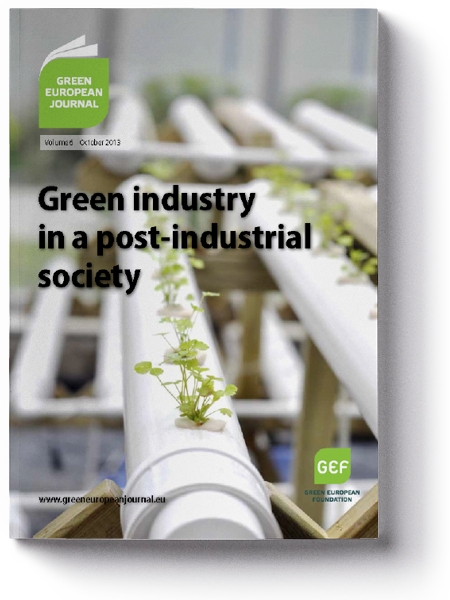Can Italy be home to an industrial reconversion towards the green economy like we have seen in the most advanced countries, including Germany? Surely the answer is yes, even if two major barriers, namely lack of political will and entrepreneurial foresight continue to exist. How many ruling political parties have the courage to take on tax reform to incentivise the green economy (or more importantly to explain that it’s not more taxes but a different distribution of tax burden)? How many entrepreneurs are open-minded enough to see the opportunity in what is commonly perceived as a problem?
Currently in Italy, there are only a handful of medium-large sized companies that have made the jump. One example is the Mossi & Ghisolfi Group, a “family” multinational from Tortona. The company is a leader in PET manufacturing and is beginning to forge its own path – through significant investment in research and development – towards second-generation biofuels or “green chemistry.” Another promising development is the recent inauguration of the bio-refinery in Crescentino, in the province of Vercelli. It is owned by Beta Renewables, a joint venture of Biochemtex (engineering firm of Mossi & Ghisolfi), the American Fund Texas Pacific Group (TPG), and the Danish Novozymes, a giant of the biotech industry. It’s the first in the world to produce bioethanol from non-food biomass.
Will they be able to pave the way for other Italian examples? It’s hard to say, especially considering the complexity of the current political, economic and social situation
Another is the famed compostable bio-plastics manufacturer Novamont of Novara. In 2011 it launched Matrìca, a joint venture with Polimeri Europe of the Eni group. Matrìca targets the progressive transformation of the Porto Torres industrial plant in Sardinia into a green chemical hub for the manufacturing from vegetal raw materials of biochemicals (bio-intermediates, bio-plastics, bio-lubricants and bio-additives). With an investment of 500 million Euros the transformation will take six years.
Finally, there is T.E.R.N.I. Research an umbrella group for complementary firms including TERNI Green, TERNI Energia, and GreenLed. It has the ambitious strategy of tapping stock market investors to establish a veritable “Italian Green Industry Hub.” T.E.R.N.I. Research is becoming a reference in energy and material recycling (transformation of garbage into secondary raw materials), decommissioning, recovery of infrastructure, industrial sites, industrial products, and the development/production of new technologies.
These are all examples of companies that have figured out how to make the most of government assistance (including in finding funding) and to enter international markets. Will they be able to pave the way for other Italian examples? It’s hard to say, especially considering the complexity of the current political, economic and social situation. One thing is sure; Italy has ample creativity and entrepreunial know-how. Now all it needs is the right mix of laws and encouragement to release its full potential.

